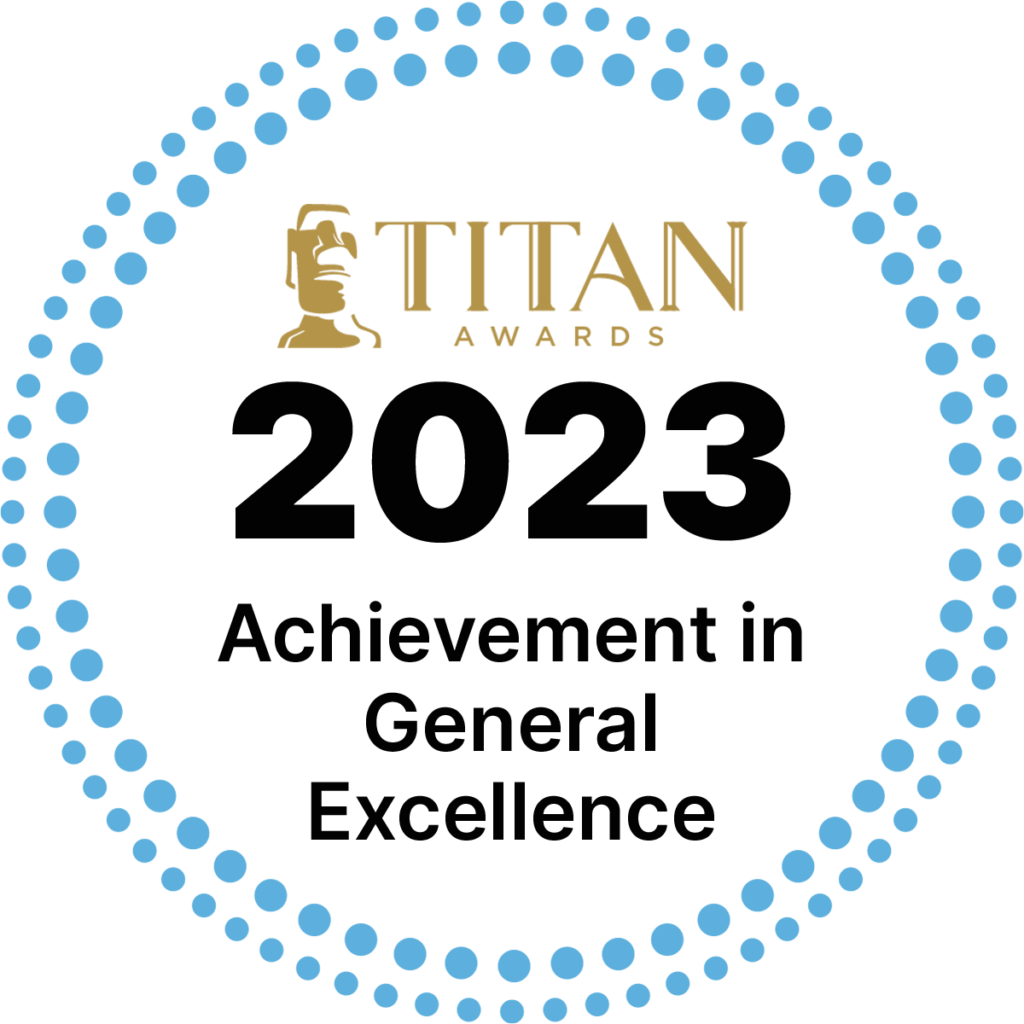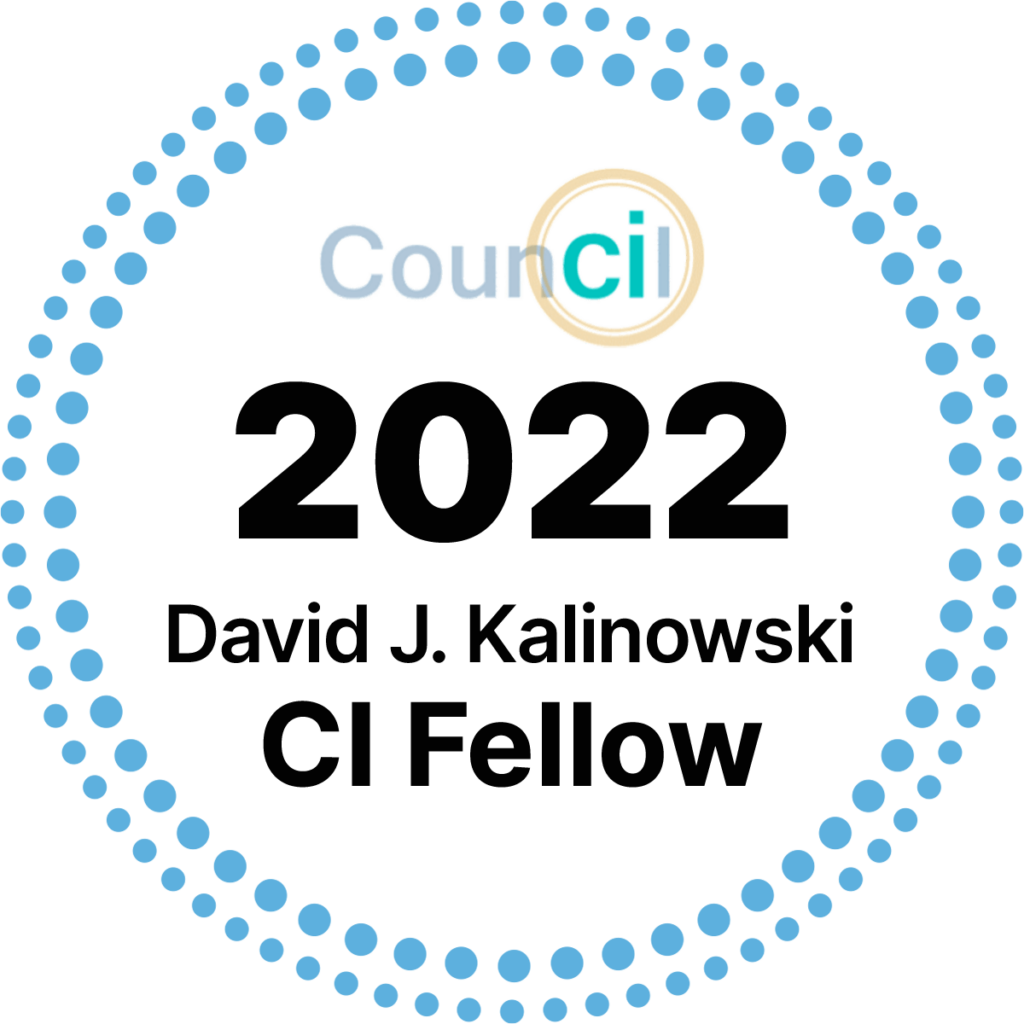
Episode 2: War Gaming
In this episode we dive into what David describes as an important strategic tool that provides an experiential, human based, intelligence-driven activity that involves behaviored model role playing.
Navigating today’s complex and ever-changing business landscape requires more than just gut instinct and a sharp eye. You need data-backed strategies and keen insights that give you a decisive edge over your competition. That’s where Proactive Worldwide comes in. Our comprehensive suite of Competitive Intelligence Services is specifically designed to provide you with unparalleled insights into your industry, your competition, and your own internal capabilities. Our deep bench of multilingual researchers, Ph.D.-level analysts, and state-of-the-art AI-enabled tools work in concert to provide a holistic, multi-faceted understanding of your business environment. Whether you’re interested in a deep dive into competitor research, need custom monitoring services, or are seeking strategic guidance, our tailored services offer you actionable steps and robust solutions. With Proactive Worldwide, you’re not just adapting to the market—you’re shaping it.
What is War Gaming?
Basically, it’s role playing for business. War gaming helps you better understand competitors’ mindsets, so you can pressure test your own strategies and create new ones. It helps you anticipate moves and develop countermoves. War game workshops create a framework where you assess the beliefs and assumptions of an overall business environment. This can include government regulation, supplier issues, customer profiles, industry trends and other influencing factors. War gaming helps identify blind spots in your organization, and generates ideas on how to outmaneuver your competition.
Are There Other Names for War Gaming?
War games can be called scrimmages when they’re on a smaller scale, take less than a full day, or focus on a single competitor or issue.
Scenario planning is another name used, though there are some differences in approach between the two methods.
What isn’t War Gaming?
War gaming is not a detailed analysis or a quantitative assessment. It’s a qualitative, strategic level of interaction. Quantitative data is used as part of the exercise, but data is not the focus. War gaming is also not a boring computer simulation. When done right, war games engage and energize participants, and produce actionable outcomes.
Business Applications of a War Game
There are two types of applications: strategic and tactical.
Strategic situations can involve market disruption, regulatory changes, competitor business model shifts, new entrants in your market, or your launch into a new space. Strategic situations may also involve merger and acquisition, value proposition creation, customer experience and digital strategy. Playing out a war game for any of these scenarios will help you make more informed investment decisions.
Tactical situations could apply to a specific product launch you’re planning for a new market, region or category, when you want to predict how competitors will respond. War game results reveal indicators and blind spots. These can lead to better tactics like sales adjustments and reevaluation of your usual go-to market strategies, to find ways to improve.
Channel modification and user experience are two more tactical situations. Are you targeting customers through the right channel? Do you truly know what customers go through to find you, buy your products and use your services? These are things you need to know. Finally, there’s market defense. A lot of what you learn in a war game are the specific actions you can take to blunt the competition.
Why Engage in a War Game?
There are four primary benefits. War gaming aligns leadership across departments to develop and test strategies. It also increases the probability of success by letting you explore potential uncertainties, uncontrollable events, and ways to prepare for them. Third, war gaming helps identify risks and threats to your company, and ways to neutralize them. And it reveals existing or hidden opportunities that your company can leverage.
A secondary benefit comes from the cross-functional format of war gaming. People from marketing, operations, distribution, finance, legal and other departments work with each other to explore and develop ideas. Having everyone participating and knowledgeable of a strategy makes it much easier to implement later.
What to do When People aren’t Sold on War Gaming.
We call that appetite. Do people have the appetite to engage in a war game exercise? If not, it’s likely they don’t understand what it is. Why would anyone not want to better understand how competitors might respond to their new product launch? Or get a deeper understanding of a strategy before they invest millions, or billions, of dollars in executing it?
Our ultimate goal is to help organizations build this tactical capability themselves. It’s not just about hiring us to facilitate this event. Whether you’re in strategy, intelligence or brand leadership, we want you to be able to do this on your own.
We call our approach OCD—Observe Cooperate Do. First, you observe the entire event process start to finish. Next, we do it together cooperatively. For some portions, you’ll do the heavy lifting. Others, we’ll do the heavy lifting. Finally, you go and facilitate one yourself. We help our clients incorporate this capability-building investment into their planning process.
Performing War Gaming In-house
Some companies perform up to 40 war games a year, but those are half-day scrimmage workshops. They typically focus on smaller goals and don’t dig as deep. For the big issues, decisions, and transformational business model changes, an intense war game workshop will produce more actionable results.
Doing this at least a couple times a year should be part of your company culture.
How to Structure a Business War Game
You need the right mix of personnel, personalities and knowledge in the room to make your war game successful. You want folks who are comfortable saying bold abrasive things, in a professional way, that shake things up and challenge the status quo. You also want to reflect the character and culture of your competition, in order to see the world through their lens.
War games are not affirmatory exercises. If you end up saying, “We don’t have to change anything,” then it was done wrong.
The Process of Setting Up a Business War Game
It usually takes eight to ten weeks. The first phase is pregame planning. Do you fully understand the objectives, who will participate, where will it be held, and which exercises will achieve your goals? Part of this planning phase is the briefing book development. Briefing books are documents that give your participants a baseline knowledge of facts, insights, perspectives on your market and company culture. We suggest you limit them to 20 pages or less, to encourage participants to read them before the game.
Briefing books may include market figures, an overview of the company’s current strategy, brand platform, marketing, sales, pipeline development, financials, and future outlook. Reading this brief is the only prep work people need to participate in a war game.
The briefing book information is largely drawn from secondary or published content. Occasionally, a war game may require primary research if written or published data cannot be found. In this case, we work in collaboration with the the client’s research team to make sure we don’t duplicate research efforts.
Setting Up the Teams and Facilitator
Four teams participate in a typical war game – the home team and two or three competitor teams, with five to eight players per team. Each player is chosen to contribute various dynamics and views of the market. In addition to the home and competitor teams, you can also include a distribution team or a regulatory team. A war game doesn’t have to be limited to competition.
Then there’s the facilitator – the heart of the event. A strong facilitator keeps the workshop on time and asks tough questions that others may not be asking. These questions guide the exercises and ensure you get the data and content you need. A good facilitator sets the ground rules, manages the dynamics in the room and makes sure no one is filibustering the conversation. They can feel and manage any rising tensions, which helps maintain a productive game.














